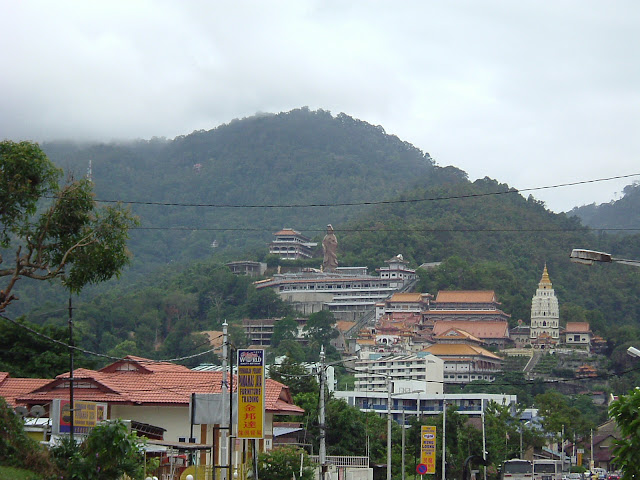1. Chinese cooking is, in this sense, the manipulation of these foodstuffs as basic ingredients. Since ingredients are not the same everywhere, Chinese food begins to assume a local character simply by virtue of the ingredients it uses. Obviously ingredients are not sufficient for characterization, but they are a good beginning. Compare, for example, the above list with one in which dairy products occupy a prominent place, and one immediately comes upon a significant contrast between the two food traditions.
2. In the Chinese culture, the whole process of preparing food from raw ingredients to morsels ready for the mouth involves a complex of interrelated variables that is highly distinctive when compared with other food traditions of major magnitude. At the base of this complex is the division between fan, grains and other starch foods, and ts'ai, vegetable and meat dishes. To prepare a balanced meal, it must have an appropriate amount of both fan and ts'ai, and ingredients are readied along both tracks. Grains are cooked whole or as flour, making up the fan half of the meal in various forms: fan (in the narrow sense, "cooked rice"), steamed wheat-, millet-, or corn-flour bread, ping ("pancakes"), and noodles. Vegetables and meats are cut up and mixed in various ways into individual dishes to constitute the ts'ai half. Even in meals in which the staple starch portion and the meat-and-vegetable portion are apparently joined together, such as in . . . "wonton" . . . they are in fact put together but not mixed up, and each still retains its due proportion and own distinction . . ..
3. For the preparation of ts'ai, the use of multiple ingredients and the mixing of flavors are the rules, which above all means that ingredients are usually cut up and not done whole, and that they are variously combined into individual dishes of vastly differing flavors. Pork for example, may be diced, slice shredded, or ground, and when combined with other meats and with various vegetable ingredients and spice produces dishes of utterly diverge, shapes, flavors, colors, tastes, and aromas.
Another feature of Chinese food habits that contributed to their notable adaptability is the large number and great variety of preserved foods . . . . Food is preserved by smoking, salting, sugaring, steeping, pickling, drying, soaking in many kinds of soy sauces, and so forth, and the whole range of foodstuffs is involved-grains, meat, fruit, eggs, vegetables, and everything else. Again, with preserved food, the Chinese people were ever ready in the event of hardship or scarcity.




No comments:
Post a Comment